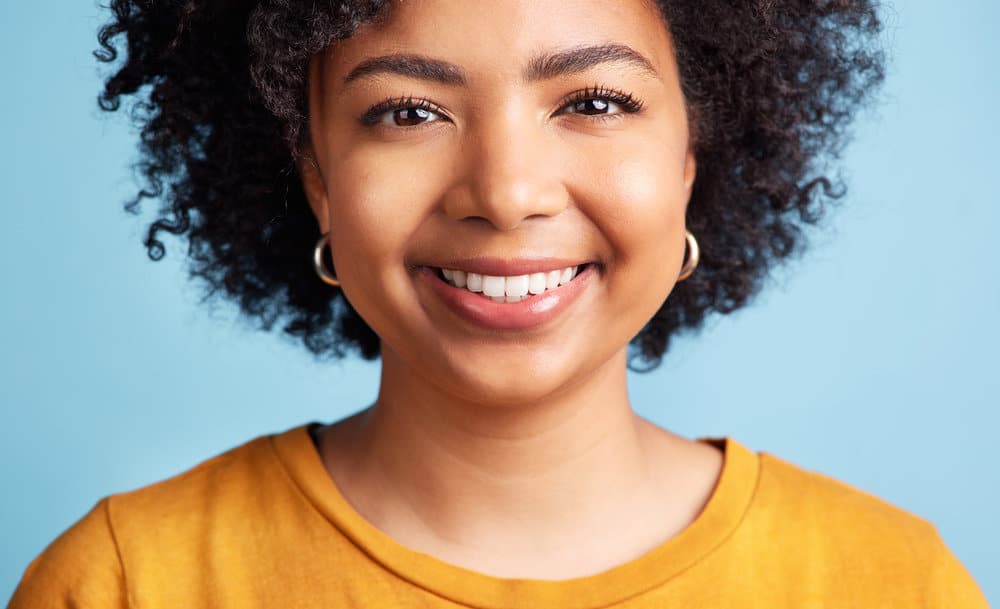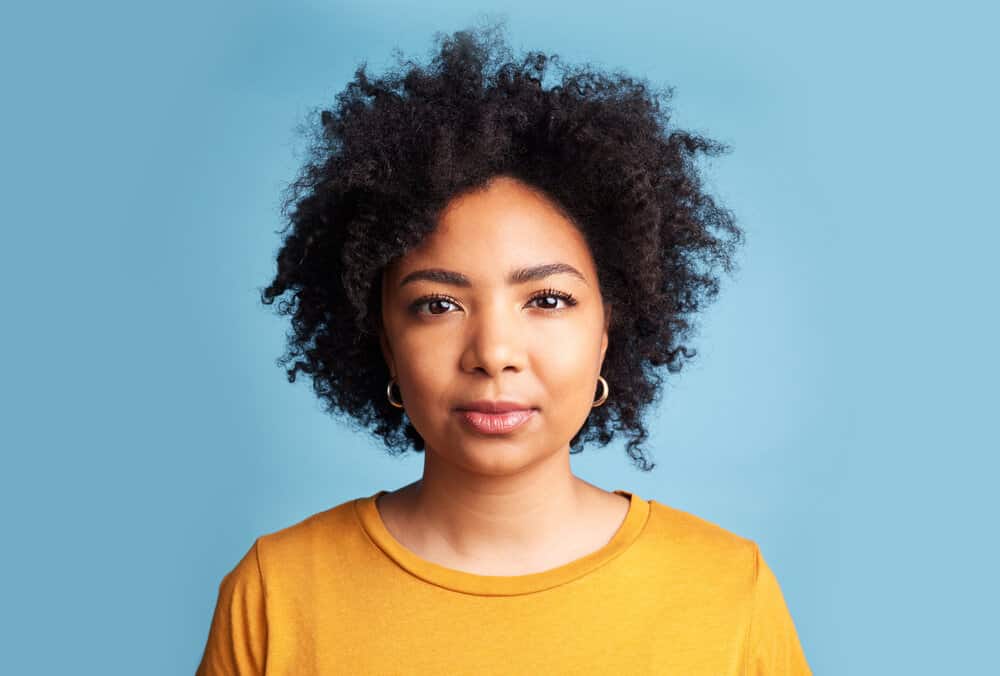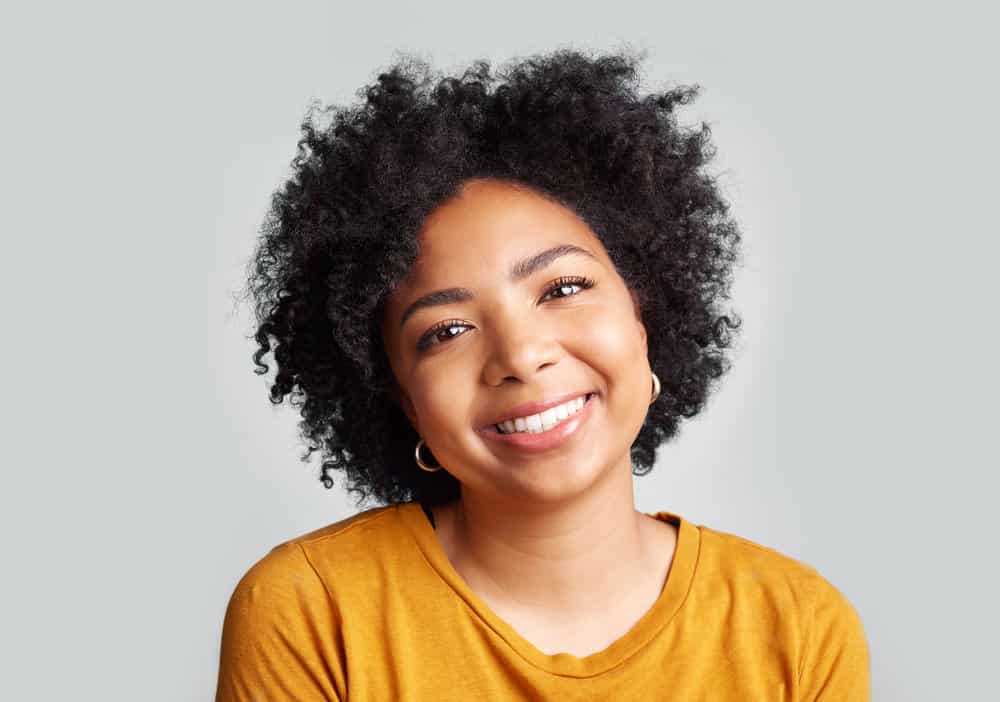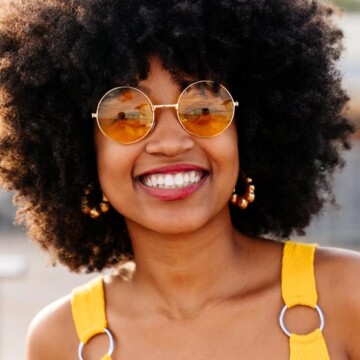
Gel is an ultra-valuable part of any hairstyling routine. It can be used to tame your curls and create a versatile array of styles, from braids to updos to finger waves and more.
You probably can’t imagine styling your hair without it.
But lately, hair gel has come under fire for potentially causing hair loss. If you’re currently experiencing hair loss, could your holy grail gel be the culprit?
Does gel cause hair loss?
If you haven’t experienced hair loss, could your gel cause it in the future? In this article, we will tell you whether gel causes hair loss so you can decide whether your gel should still have a space in your hair product stash. Let’s get right into it.
Table of Contents
Does Gel Cause Hair Loss?
Gel usage can cause hair loss, but before you start to panic, you’ll be glad to know that not every gel carries the same level of risk. Also, the way you use your gel can either increase or decrease your chances of experiencing hair loss.
In the following sections, we’ll explain several reasons why gel use can result in hair loss and tell you how you can avoid it.

Questionable Ingredients
Most people know that every hair care product comes with a unique formulation that directly affects how it performs. Some hair gels contain harsh ingredients that can negatively affect your hair and scalp without you noticing until it’s too late.
Here are some ingredients you’ll find in the worst gels.
Isopropyl Alcohol
Isopropyl alcohol is the same alcohol that you apply to cuts and scrapes. It reduces your chances of infection, but why is it in your hair products? It has evaporative properties that make gels feel lightweight and helps them dry quicker.
But that doesn't make it good for your hair.
Isopropyl alcohol is incredibly drying to the hair. When used repeatedly, your hair can become brittle and break off as you care for and style it.

Propylene Glycol
Propylene glycol is a synthetic liquid often found in gels. It’s what makes your hair look shinier and more supple. But the downside is that the ingredient is also a well-known scalp irritant.
If you use a propylene glycol-containing gel and your scalp feels funny afterwards, your scalp may be sensitive to this ingredient.
Scalp irritation seems like a minor issue, but it definitely isn’t.
Scalp irritation can quickly balloon to scalp itch, and when you scratch for relief, scalp sores aren’t too far off. These abrasions can hinder your hair follicle’s health and result in hair loss.
Mineral Oil
Mineral oil, which acts as a hair lubricant in gel, has a notorious reputation for being bad for the hair and scalp. When you apply mineral oil-containing gels to your hair, you may first think that your hair feels and behaves better.
But with consistent use, the mineral oil can quickly build up on your hair and inhibit moisture absorption. It can also suffocate your scalp, which can upset its moisture balance. The result in severe cases of hair and scalp buildup is hair loss (or hair fall).

The Way You Use Your Gel Matters
We’ve made it clear that the ingredients in some gels can lead to hair loss. But that’s not the only thing that increases your risk of a hair disaster. The way you use your gel can promote increased shedding and hair loss.
How?
Today’s gels are extremely effective at holding the hair in place. In the short term, that’s not necessarily a problem. But if you use gel to slick down your stray hairs often, the gel becomes a barrier to moisture.
That’s never a good thing, especially for curly hair, which is naturally starved for moisture. The longer your hair goes without sufficient moisture, the more fragile and brittle it will get.
Then when you go to style or care for your hair, it’ll break off from very little tension.
The other way that excessive gel use can result in hair loss is when it clogs your scalp and isn't washed out right away. When we slick down our hair for that low bun or high pony or style our baby hairs, we do all we can to make the style last for multiple days.
But that’s not the best thing for our hair or scalp.
Leaving gel on your scalp for more than a day or two can lead to scalp irritation and suffocation. These issues create the perfect scenario for hair loss.
How to Reduce Your Risk of Hair Loss with Gel
You may be thinking about chucking your gel into the trash, but that’s not necessary in every case. Sometimes, all you need to do is change how you use your gel, and that’s what we’ll address in this article.
Note: If your gel has any of the bad ingredients we looked at earlier, throwing the product away is probably your best bet. You don’t want to slather those chemicals in your hair for any amount of time.

Don’t Overuse Your Gel
For gels that have less of the bad stuff and perform well for you, ensure that you’re not overusing them. If you’re wondering what gel overuse looks like, here’s a scenario to help you visualize it:
You generously apply gel around your hairline and throughout your hair and then pull it into a ponytail. Then the next day, you apply more gel and restyle. This cycle continues until your next wash day.
This is not the way to do it.
When you overuse your gel, you slowly create a cast on your hair and scalp, and that’s what can cause your hair to become dry and your scalp to become irritated.
Instead of overusing the gel, you should only apply it once or twice a week. When you want to refresh your hair, you’ll just add some water to your hair to reactivate the gel you applied initially.
Your hair should once again become moldable, and you can go from there. Using your gel this way will result in reduced chances of a dry, irritated scalp and brittle hair.

Wash Away Buildup
When you use gels, you should be washing away buildup every so often. The number of times you should wash your hair depends on the gel you use, how much you apply, and how much buildup you’re seeing.
Our advice is to start deep cleansing your hair once or twice per month and adjust as necessary. When you do target gel buildup, do it the right way. Here’s how:
- Get your hands on a clarifying shampoo. This is a shampoo that provides a heavy-duty cleansing session to remove stubborn buildup, dirt, and debris.
- Hop in the shower and rinse your hair until it’s sopping wet.
- Apply the clarifying shampoo to your hair, focusing on your scalp. Scrub in circular motions for a few minutes to lift away any buildup. Then use your last 30 seconds to pull the shampoo through the length of your hair.
- Rinse your hair thoroughly. Ensure that all of the shampoo is gone. It could take a couple of minutes of rinsing.
- Apply a moisturizing shampoo to replenish some of the moisture lost during the clarifying process. Don’t skip this step - your hair will be super dry. Rinse thoroughly, and you’re done!
Upon hopping out of the shower, you’ll notice that your hair and scalp are clean but not overly dry. Your scalp will be able to breathe, and your hair will be free of buildup.
- How Often Should I Use Aloe Vera on My Hair
- Aloe Vera Leaf for Hair
- Does Hair Gel Expire?
- Does Kristin Ess Cause Hair Loss?
So, there you have it - gels can cause hair loss. But your chances of developing hair loss depend on the gel you use, how you use the product, and how diligent you are about keeping your hair and scalp clean. We hope that this article has been helpful to you, and we wish you the best as you strive to keep your hair healthy.




